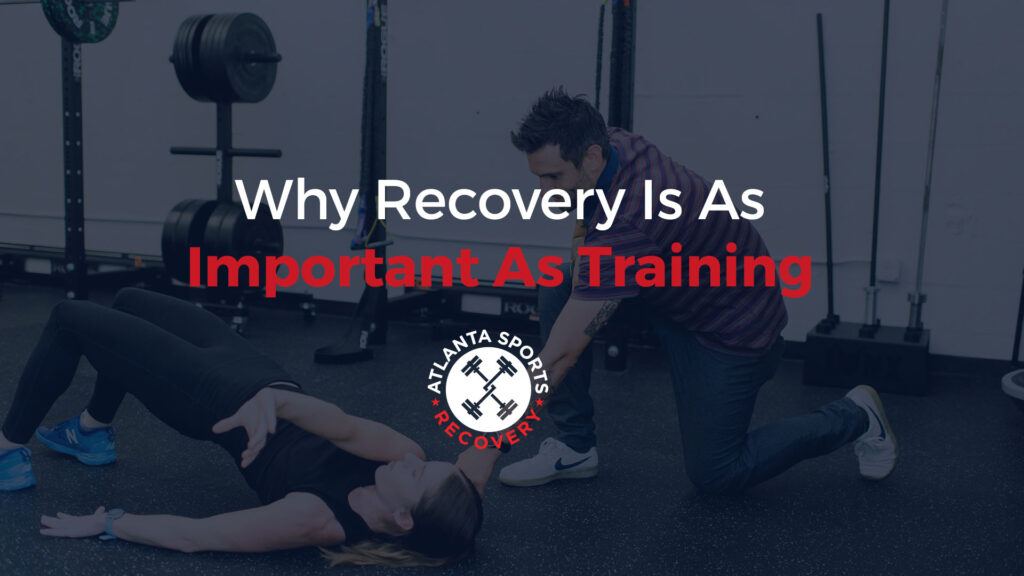It’s no coincidence that every year there are more massage tables and massage therapists stationed at large races like the Publix Atlanta Marathon.
We have moved far beyond massage therapy being perceived as a luxury. Here we are with a decade’s worth of research and evidence-based practices that have proven the efficacy of massage on athletes.
Today, therapeutic massage is regarded as one of the most important aspects of an athlete’s training arsenal because of its use as preventative maintenance, and assistance in recovery.
If you are not already utilizing this treatment option in conjunction with your training, you absolutely should. The good news is that Atlanta Sports Recovery makes this treatment accessible to both professional athletes and those completing their first half marathon. You do not have to be a pro to reap the benefits.
When you are gradually tapering out of training mode and into performance mode, it is time to schedule your pre-event massage and post-event massage.
Pre-event
A pre-event massage is a type of sports massage and should be utilized 3 to 5 days prior to the big event, and should last no longer than one hour. If a massage therapist is available at the event, consider pre-event massages to be a part of the athlete’s warmup routine. It should have a timeframe of 10-15 minutes.
This type of bodywork is quick, superficial strokes (effleurage), kneading (petrissage), resistance stretching, and joint mobilizations. It is not meant to make any major physiological changes to the body. Instead, it is meant to improve performance, and help you get that PR!
A major benefit is vasodilation! Massage therapists manually encourage venous blood flow back to the heart, which then delivers oxygen and nutrients to soft tissue. Increased circulation also relieves muscle tension and increases range of motion and flexibility.
Familiar with that anxious, excited, or un-focused energy that comes right before your event? A short massage can stimulate the parasympathetic nervous system just enough to promote relaxation without you feeling like you need a four hour nap. Dopamine and serotonin levels are increased, and cortisol, which is linked to stress, is effectively decreased.
Christen Orr, LMT massaging Emory Swim & Dive Team at NCAA Tourney in 2019
Post-event
A post-event massage follows the same general-principle of 3 to 5 days after the big event, and should adhere to an hour-long timeframe. If a massage therapist is available at the event, consider post-event massages to be a part of the athlete’s cool down routine. A timeframe of 15-30 minutes is adequate.
This type of bodywork is also a bit lighter, and superficial albeit slightly deeper and slower. Muscles are fatigued and sore after performance, so it is important to facilitate recovery, and not further the sometimes painful symptoms accured.
In much the same way pre-event massage promotes circulation, post-event also assists in the body’s ability to bounce back quickly by increasing venous return to the heart. This is done by the means of the aforementioned techniques. And it simply feels great!
I, myself, have the most experience massaging for long swimming seasons; where championship events span five to six days. That is when the timing of pre- and post-event massages becomes everything.
So instead of waiting for a week or two after your big event to get back into training, why not decrease your fatigue, recover faster, relax even better, and give yourself a competitive edge for the next event!
See you on the massage table!
Christen Orr, LMT
Articles/References
https://www.ncbi.nlm.nih.gov/pmc/articles/PMC2953308/
https://www.amtamassage.org/publications/massage-therapy-journal/the-game-plan/
https://www.teamedgeathletics.com/blog/effects-of-massage-therapy-for-athletes



